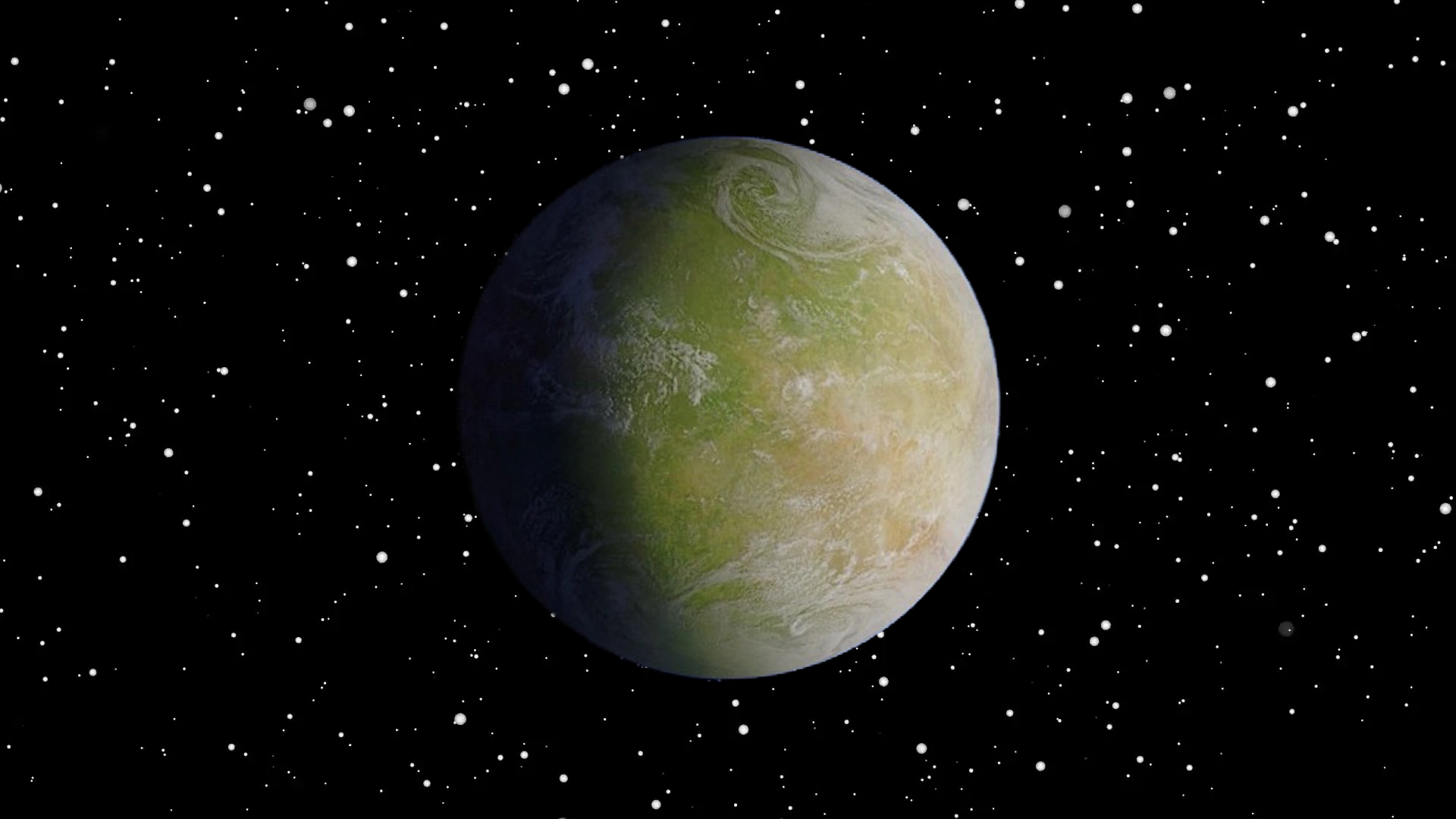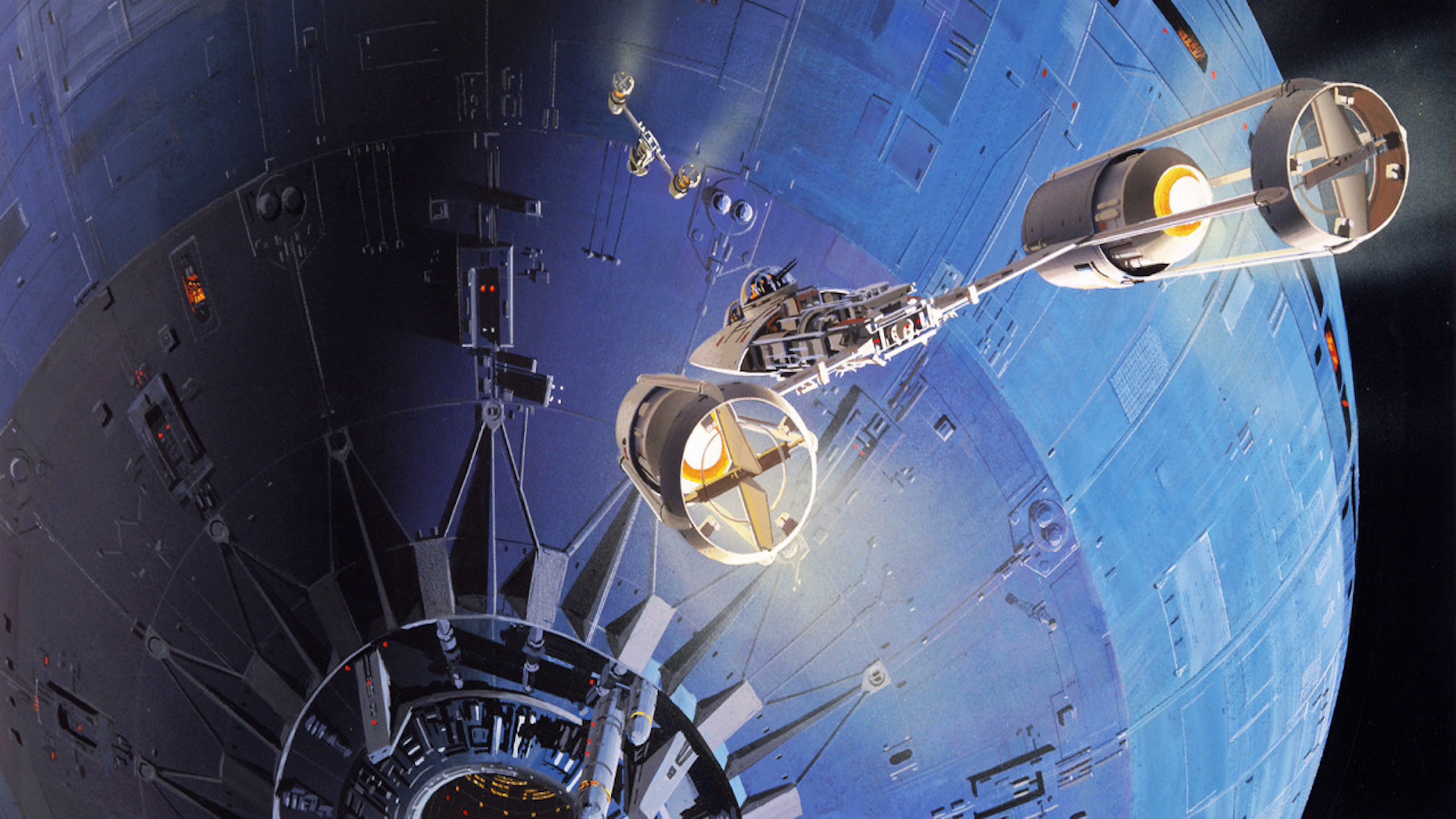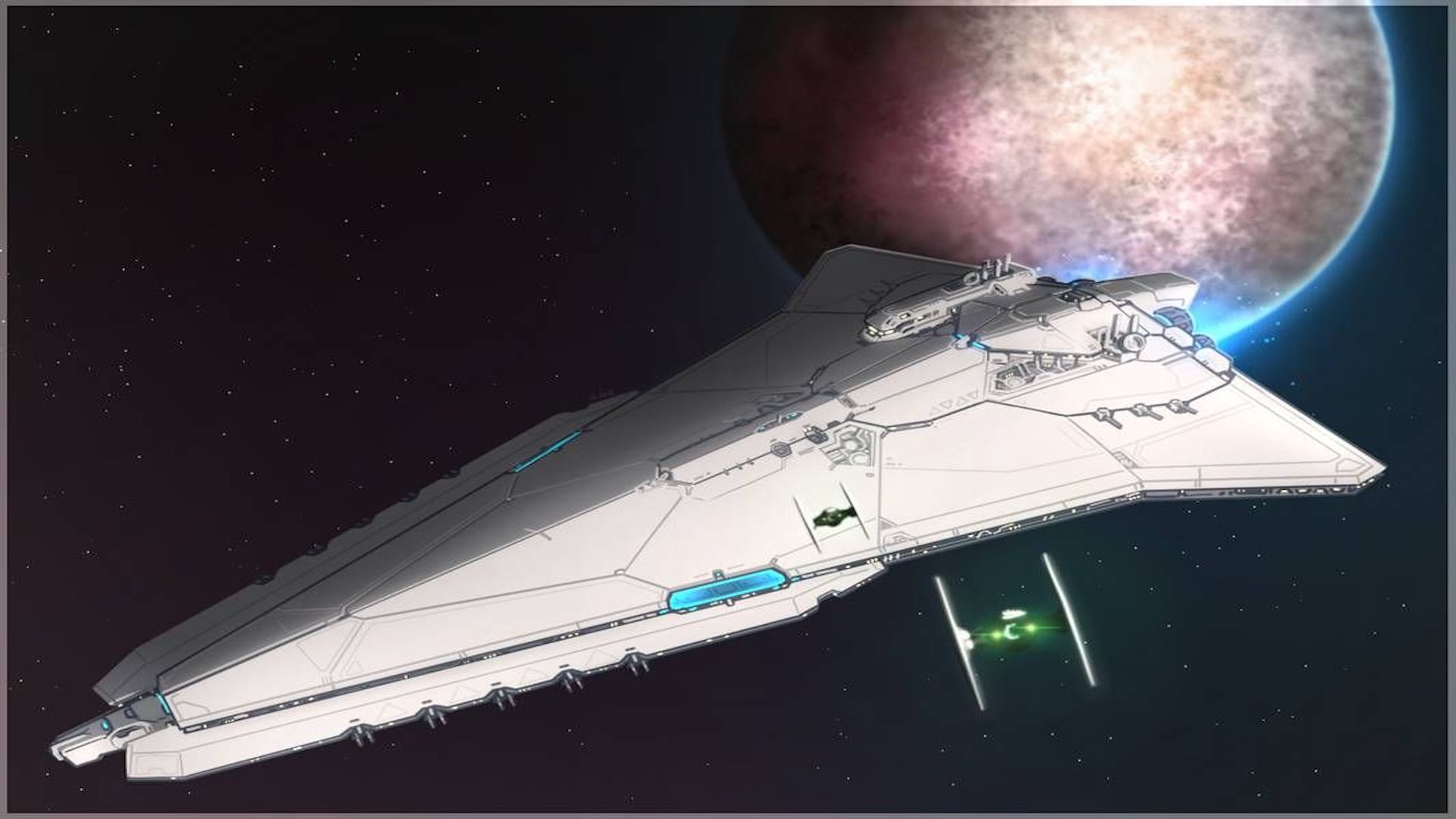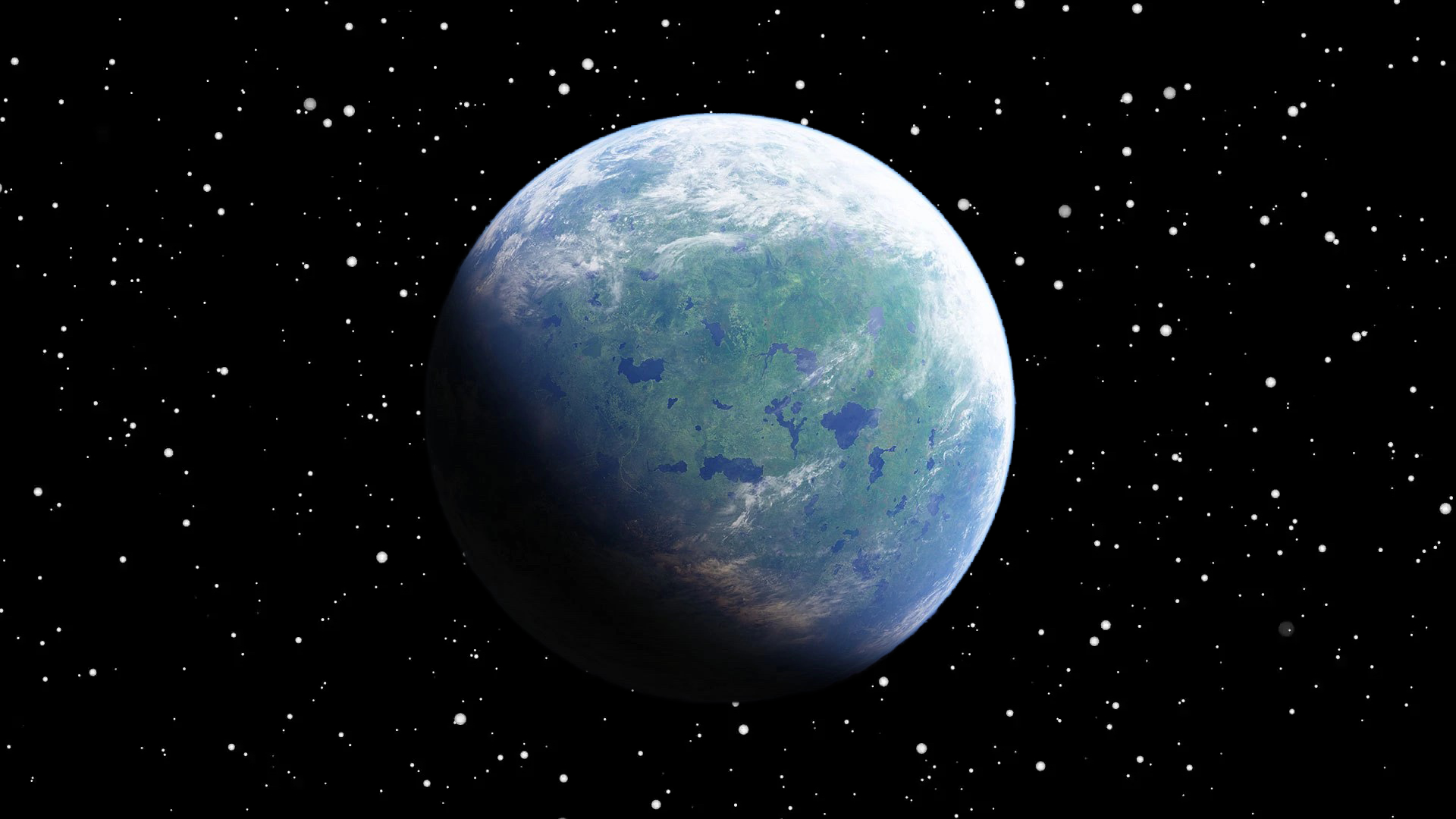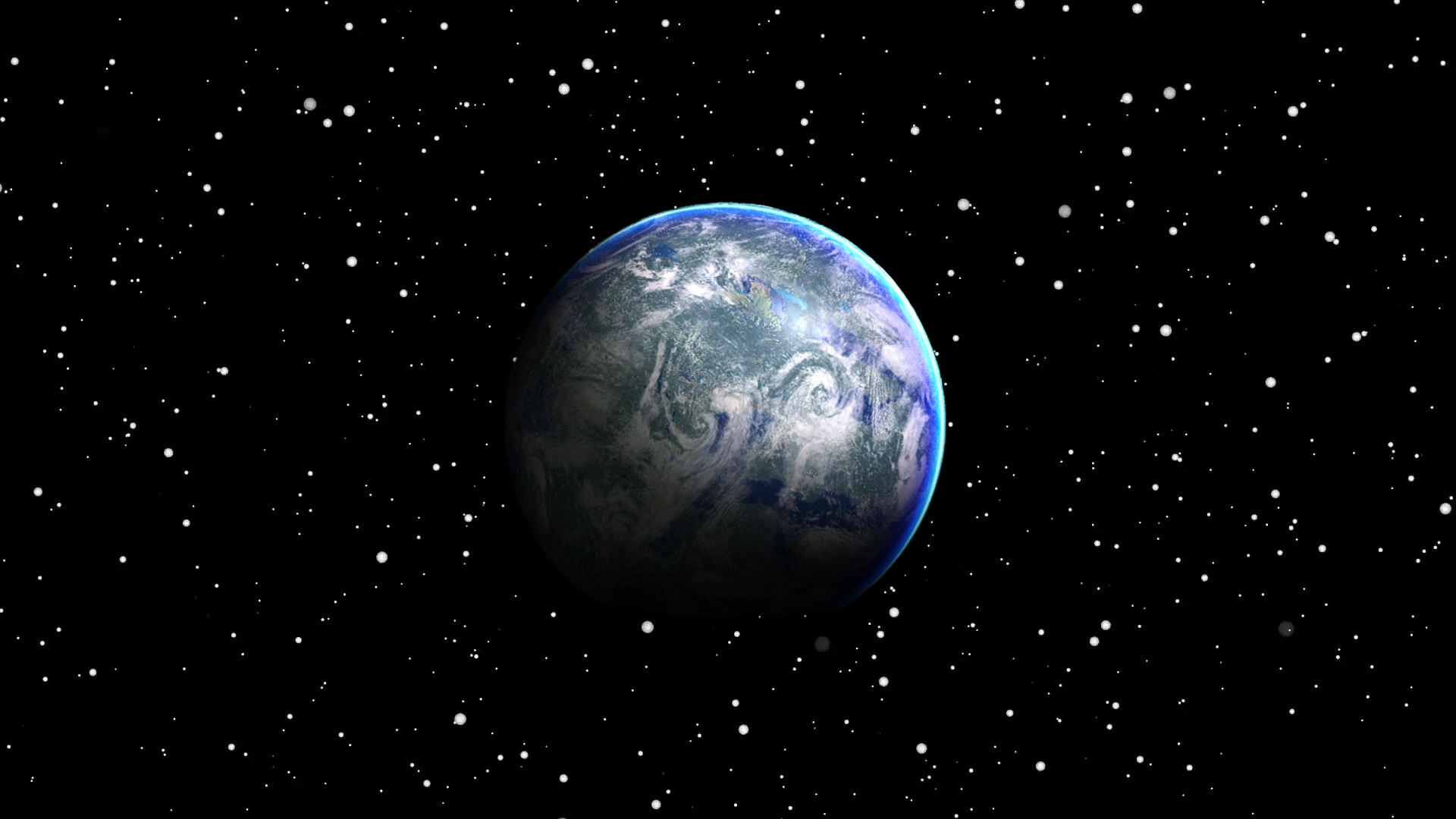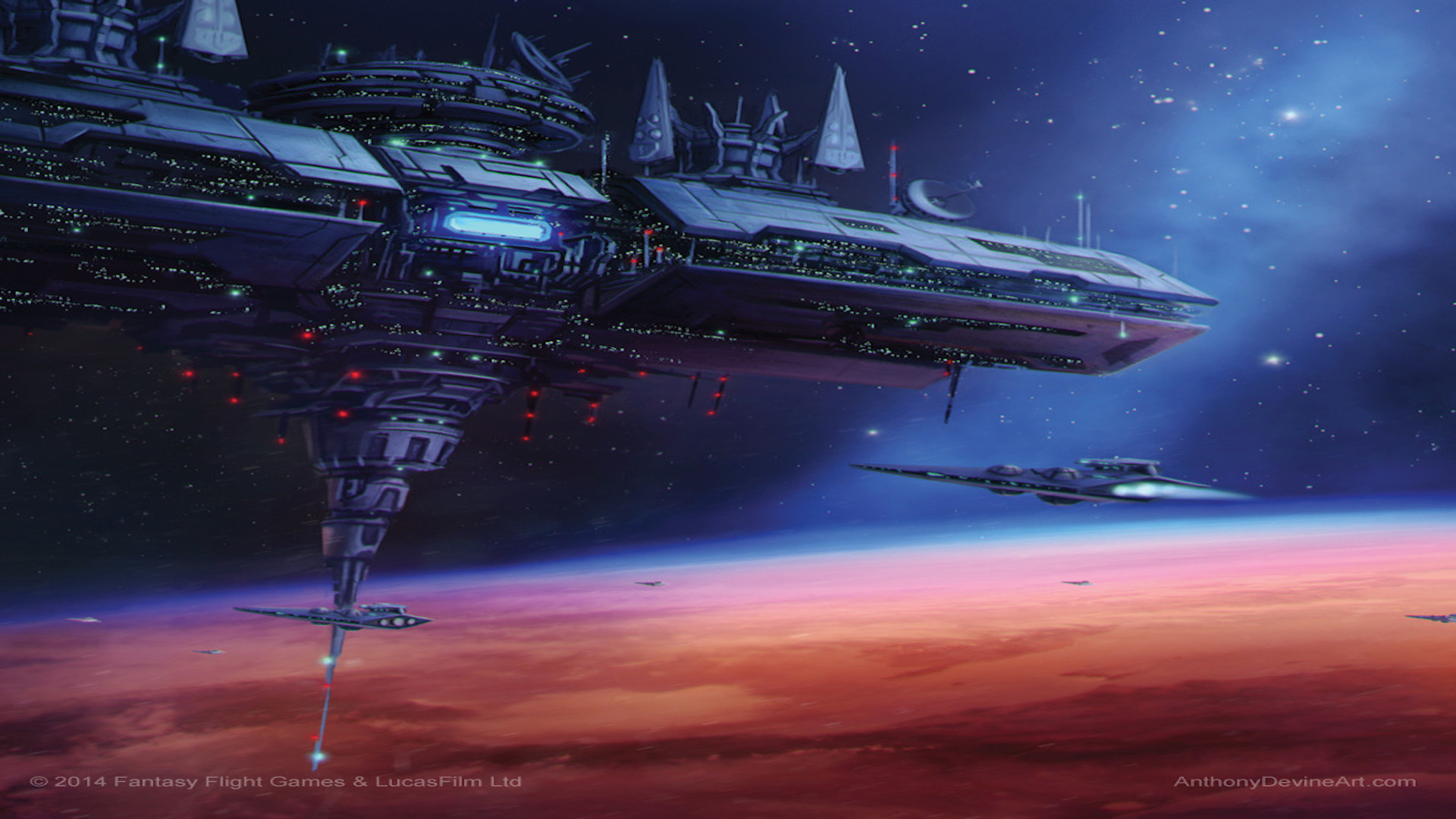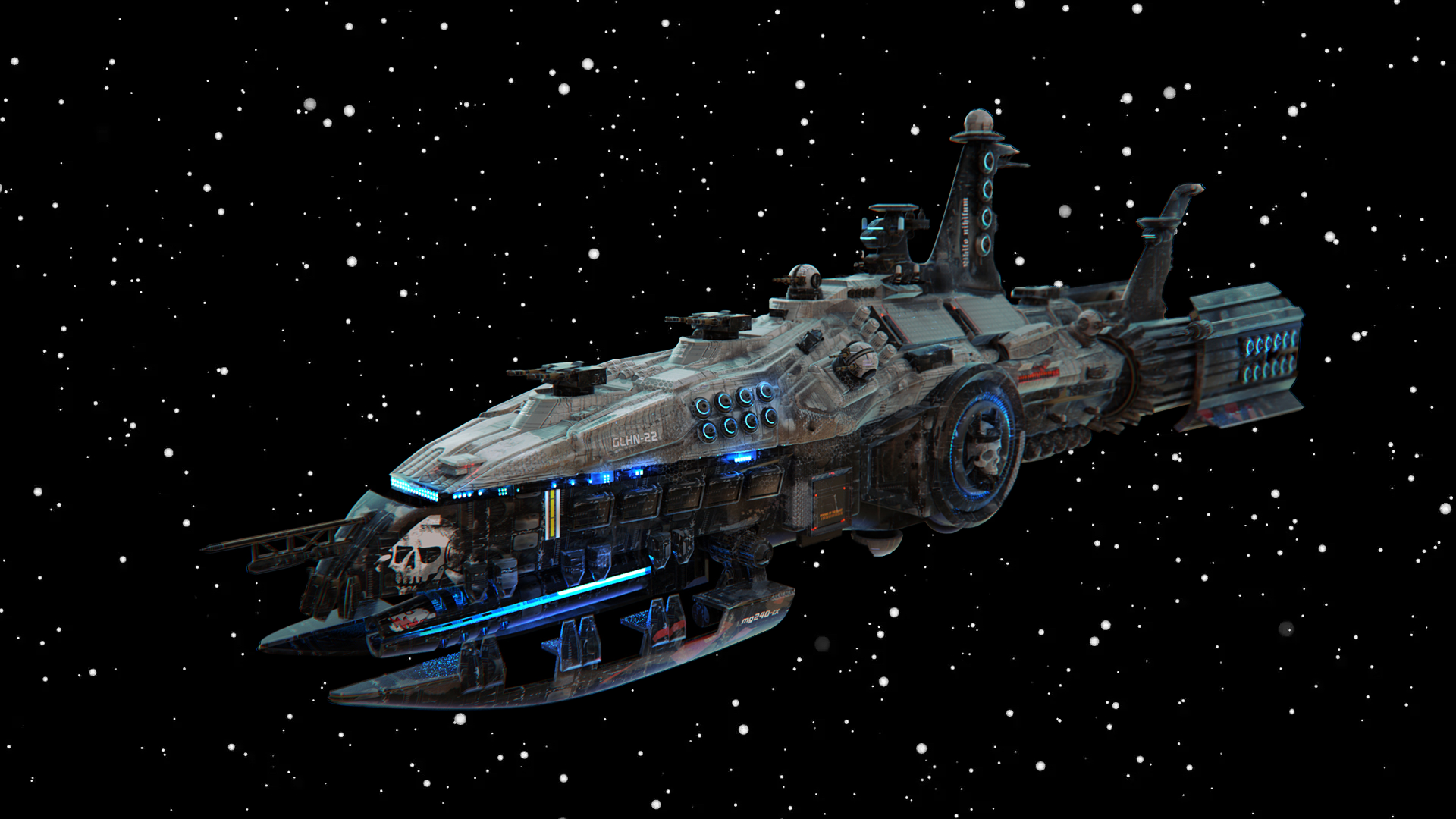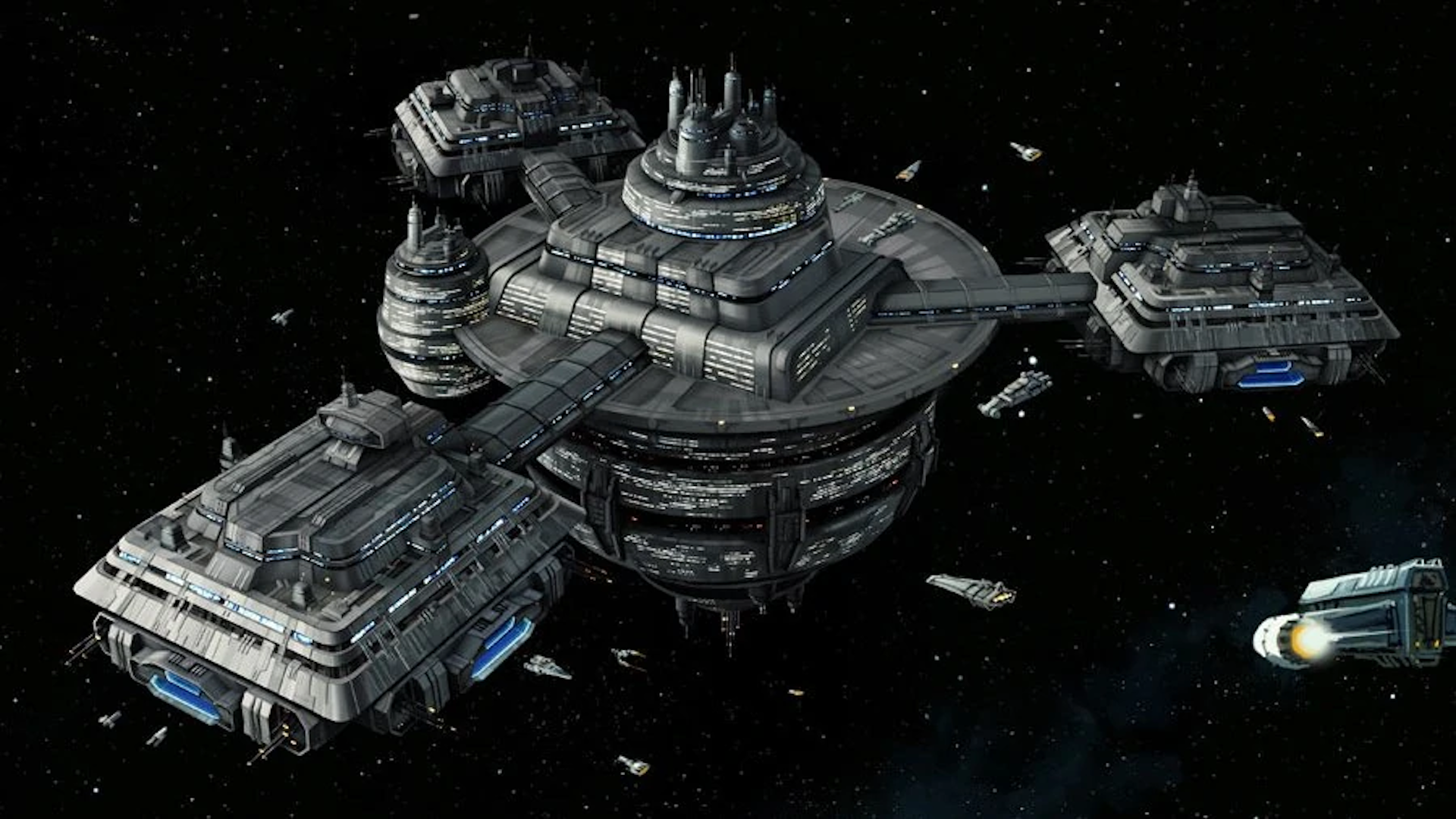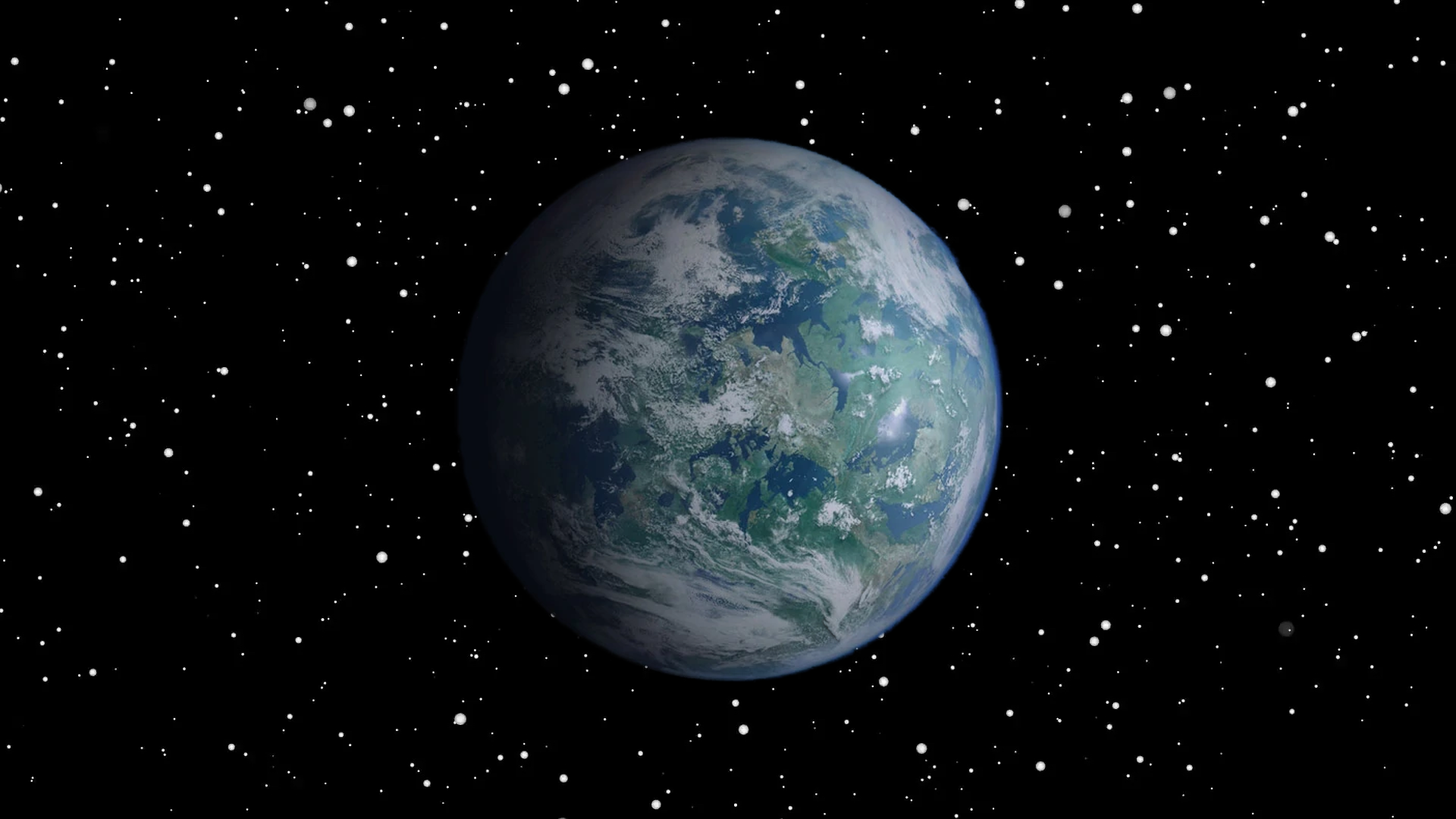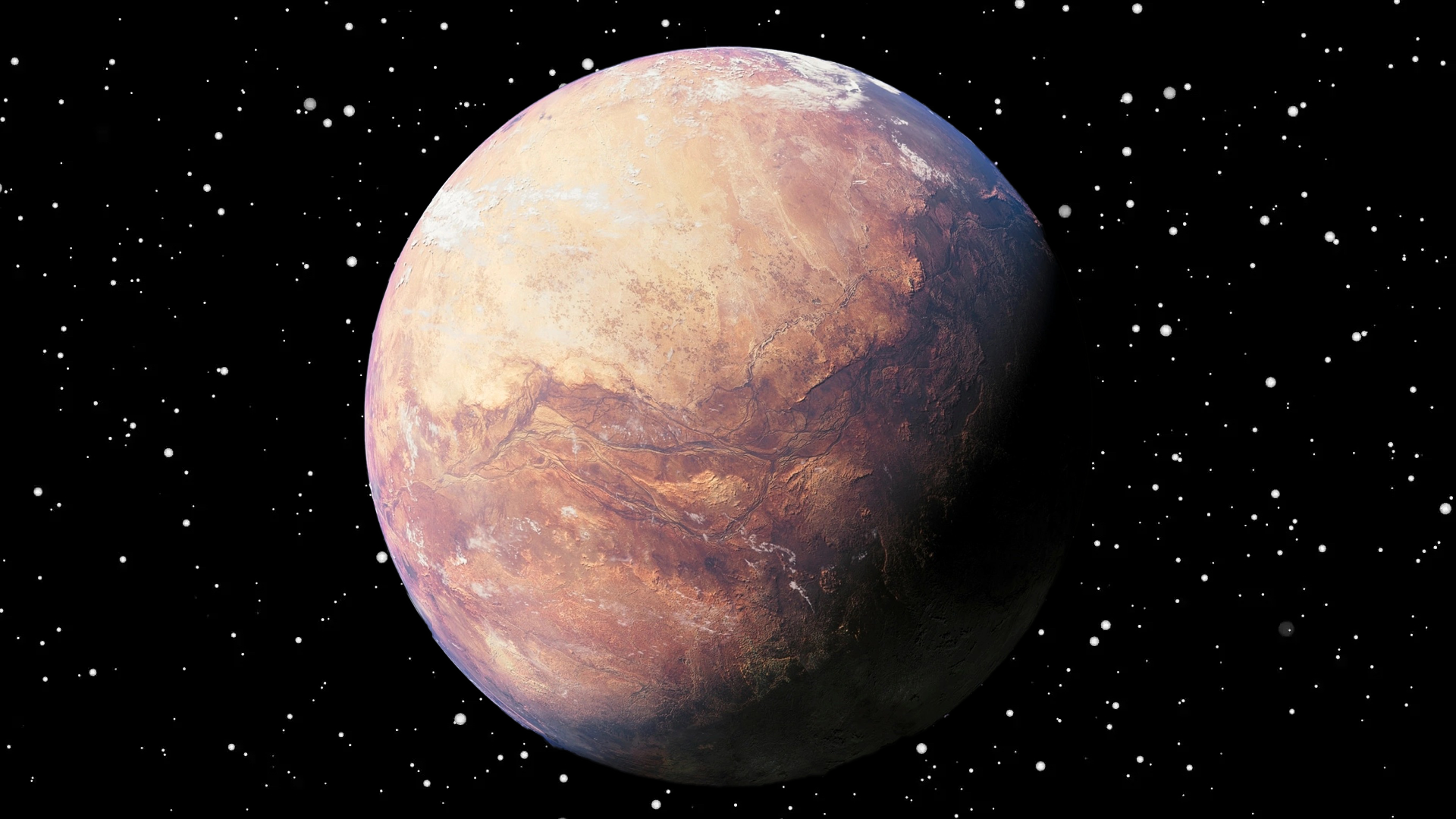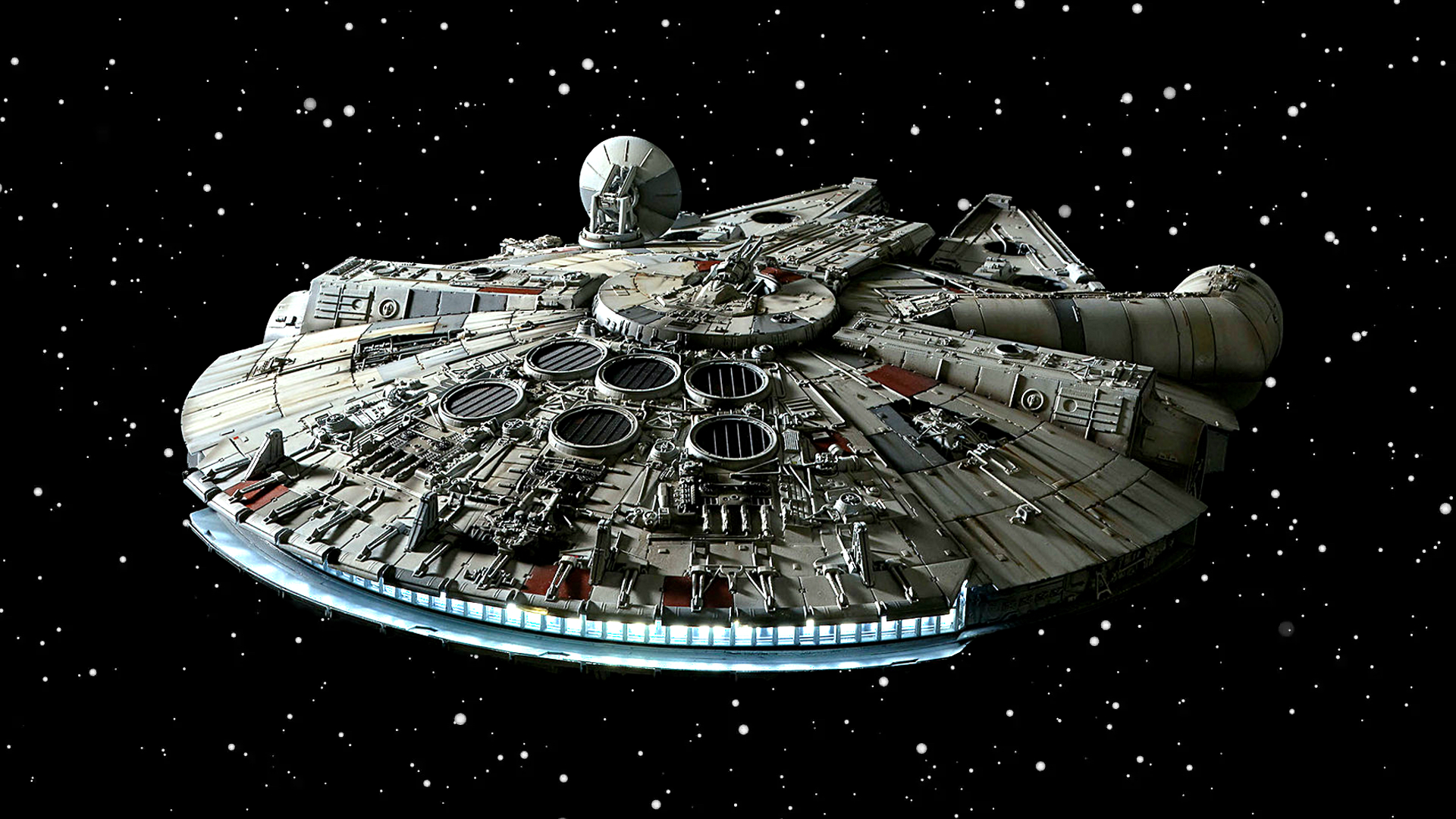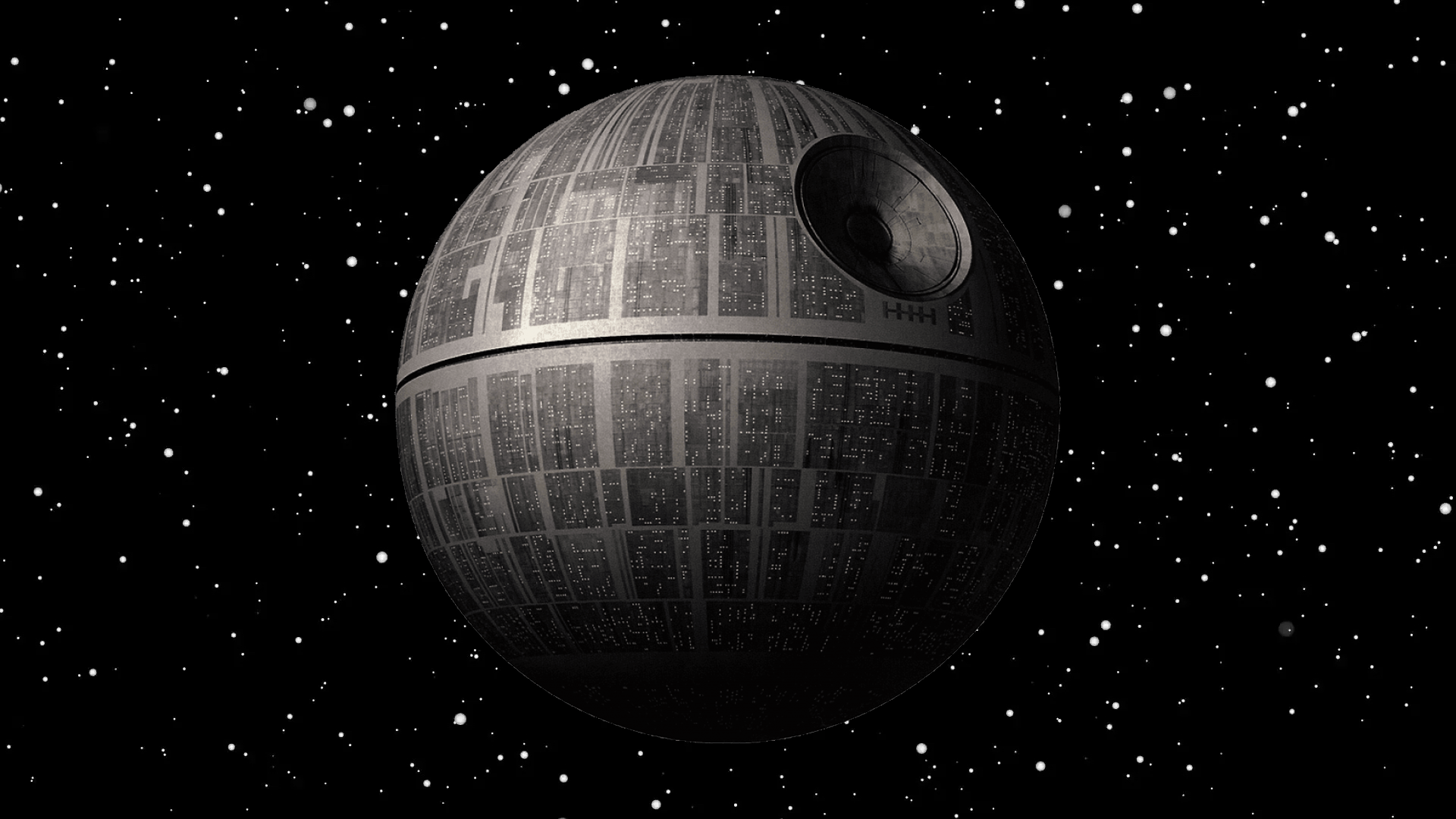Settings comparison
This is a slideshow comparing the different planets in the drafts and how these change through them.While many of the broader narrative strokes of Star Wars were similar across the episode IV drafts, a key point of difference between them was the setting. Some of these differences were simple name changes with little impact on the plot. For example, in the earlier drafts the main desert planet in the script was called Utapau instead of Tatooine. The name Utapau would go on to be used for a planet in episode III, but with an altered landscape. Other changes coincided with major plot revisions. One of the best examples of this is Alderaan. In the final draft, Alderaan is a rebel planet destroyed by the Death Star without a single character setting foot there onscreen. But in an earlier draft, Alderaan served as an actual setting, with it originally being the capital of the Empire. Below is a gallery of concept art inspired by the old drafts and some final artwork of things that eventually appeared in later Star Wars media.
Rough Draft
First Draft
Second Draft
Third Draft
Fourth Draft
Draft Length
The five drafts are all relatively close in length, with the fourth being the longest. The first and second drafts are each shorter than their previous iteration, while the third and fourth were both longer. It makes sense that most of drafts are shorter than the rough draft, since it featured quite a lot of content that would be cut or altered in later drafts. Some parts of the rough draft were pretty heavy in exposition about the force, jedi, and galactic politics that would later be slimmed down. Then, as key details about the characters and story were locked in during the second and third drafts, the final draft expanded on much of them to assemble a finished product.
Scene Count
From the rough to 3rd drafts of episode IV the scene count went down. However, in the fourth draft the scene count ballooned to a total that was more than twice any of the other drafts. And while the fourth draft is also the longest draft, the difference is by a much wider margin. One of the main reasons for this is the change in how scenes are used in the final draft in comparison to its predecessors. For the most part scene changes would only occur when there was actually a significant change in setting. While in the final draft, scene changes seem to happen any time there’s an intended camera shot change. This resulted in scenes with long stretches of dialogue in the earlier drafts, and a higher amount of short scenes in the final draft.
